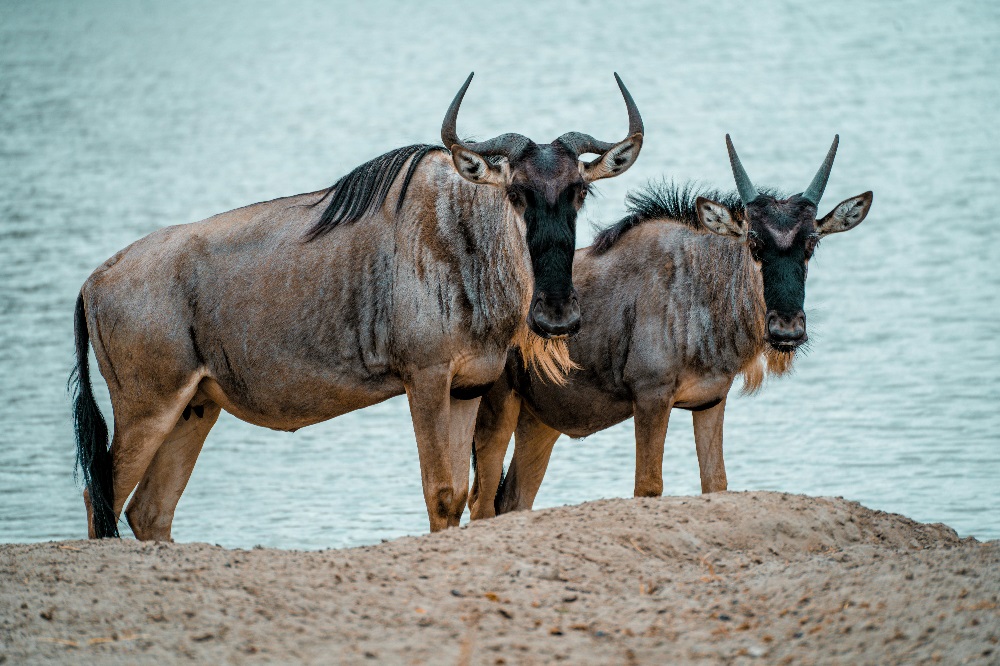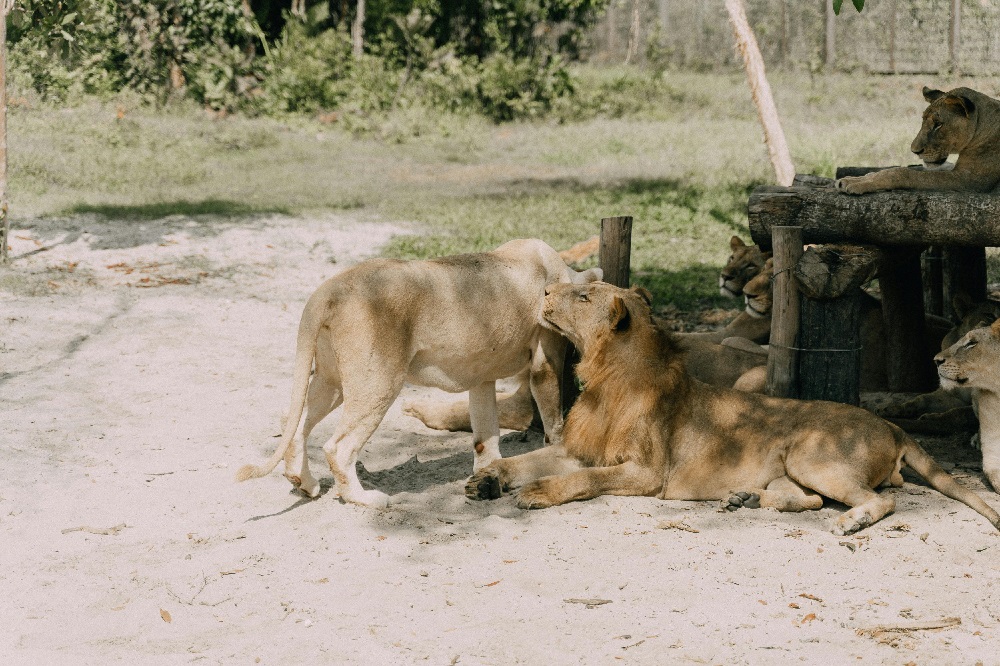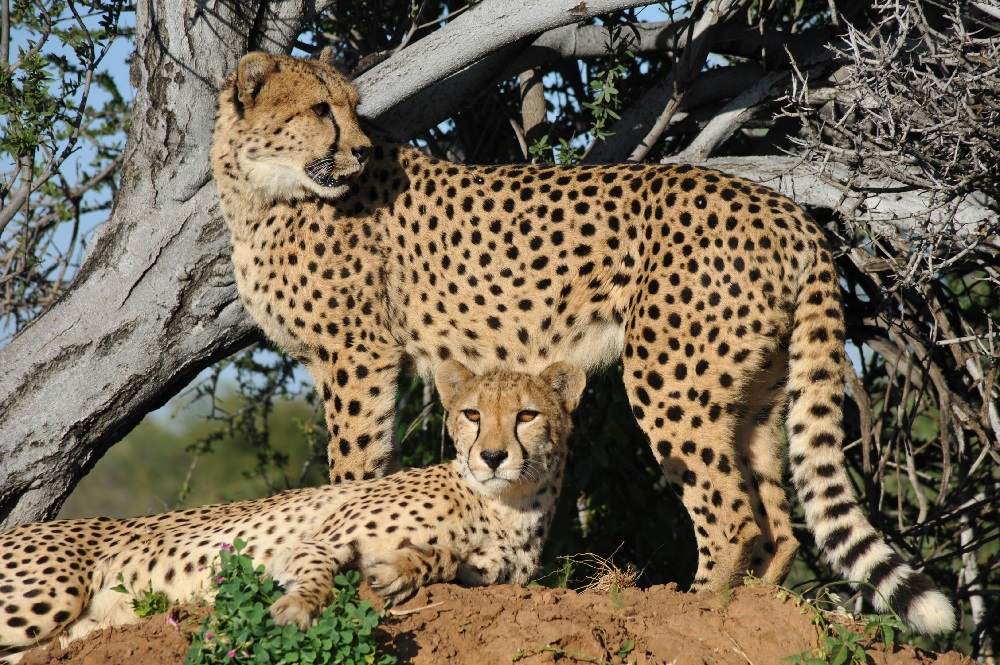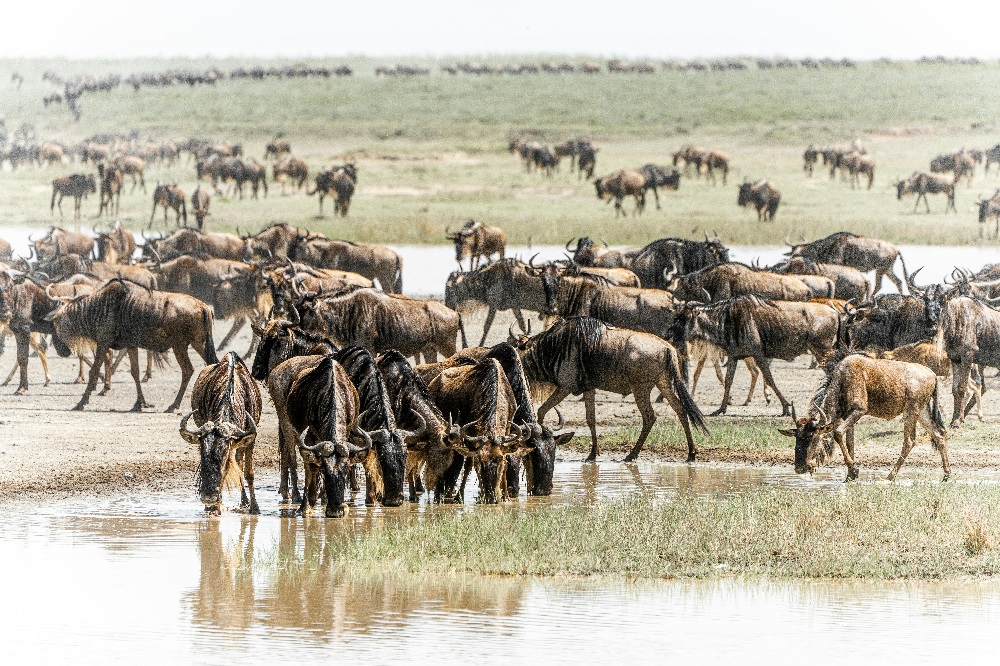When people ask if two nights in Masai Mara is enough, the answer usually depends on what kind of safari experience they want. If a couple or family only has a short time in Kenya, two nights can give them a quick taste of the reserve. In two nights, visitors can do at least two game drives, one in the evening when they arrive and one early the next morning. These drives give a chance to see lions, elephants, giraffes, and sometimes even cheetahs or leopards. However, the reserve is very big, and animals move around depending on the time of year. Two nights might feel rushed if someone hopes to see the “Big Five” — lions, leopards, elephants, buffalos, and rhinos. Most travel experts recommend at least three to four nights to enjoy the safari fully, relax in the lodge, and take time to soak in the beauty of the African savannah. So, while two nights can work for a quick trip, staying longer gives a richer and less hurried experience.
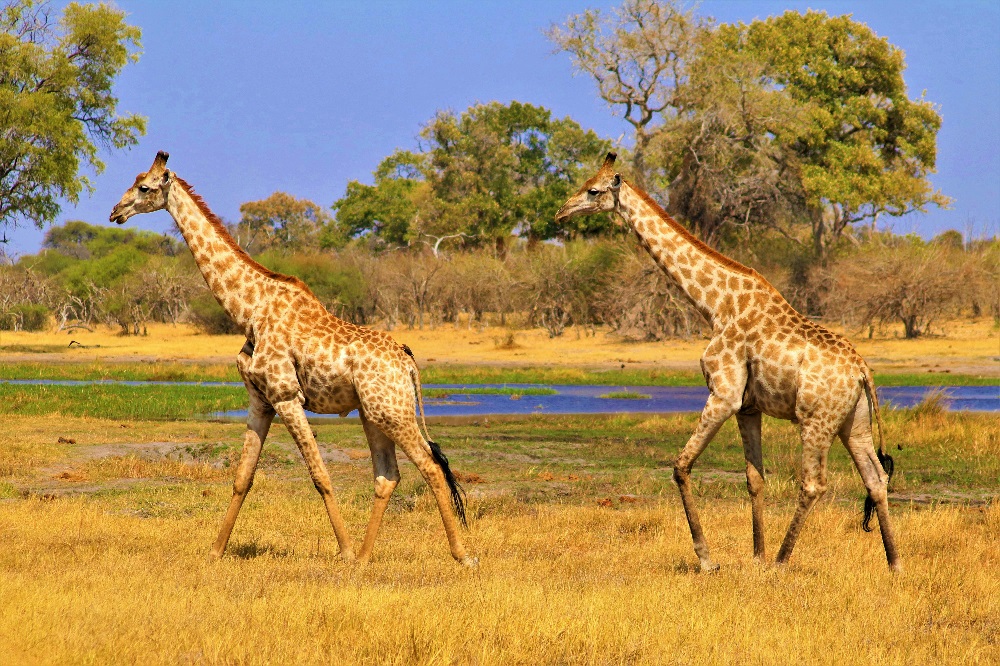
Which Is Cheaper, Serengeti or Masai Mara?
The Serengeti in Tanzania and the Masai Mara in Kenya are two of the most famous safari destinations in the world. Many travelers wonder which one is cheaper, since they are both part of the same ecosystem and share the great migration of wildebeests. In general, the Masai Mara tends to be slightly cheaper than the Serengeti. This is because the Serengeti is bigger, requires more time to explore, and often has higher park fees. Also, Tanzania safaris sometimes include extra charges for transit and conservation. In Kenya, there are more budget-friendly lodges and camps available near the Masai Mara, which makes it easier for travelers with different budgets. Transport is also simpler to Masai Mara from Nairobi compared to getting to the Serengeti, which can require longer drives or flights. Still, the difference is not huge, and both places offer incredible safari experiences. For someone on a tighter budget, Masai Mara is usually the better choice.
How Many Days Are Enough for Masai Mara?
Deciding how many days to spend in the Masai Mara is one of the most common questions travelers ask. Most safari experts recommend at least three days in the reserve. This allows visitors to go on multiple game drives at different times of the day, since animals behave differently in the morning, afternoon, and evening. Three to four days also increase the chances of seeing rare animals, like a leopard or rhino, which might not appear on the first drive. For those visiting during the great migration between July and October, staying longer is especially rewarding. You might want time to watch wildebeests crossing the Mara River or lions hunting near the herds. Some travelers even stay a full week if they want a very deep safari experience combined with relaxation. In short, two days is okay for a quick trip, three to four days is ideal for most visitors, and a week is perfect for those who want the ultimate safari adventure.
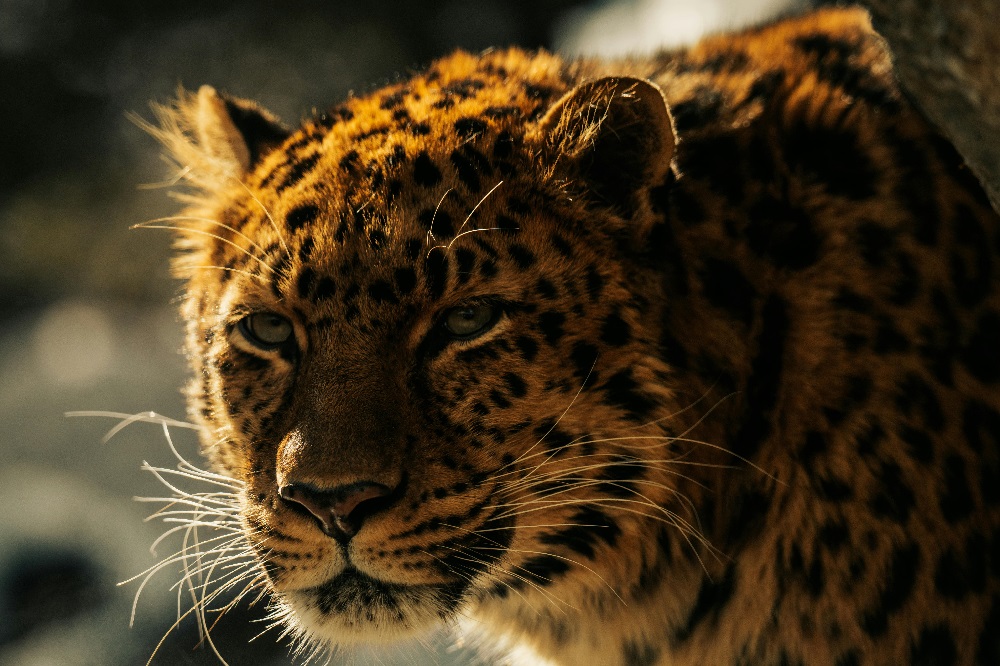
Which Is Better for Safari, Kenya or Tanzania?
Both Kenya and Tanzania are world-famous for safaris, and choosing between them is not easy. Kenya is well known for the Masai Mara, Amboseli with views of Mount Kilimanjaro, and parks like Tsavo and Samburu. Tanzania is famous for the Serengeti, Ngorongoro Crater, and Selous Game Reserve. Kenya is often easier for first-time safari travelers because Nairobi is a big travel hub and it is simple to reach the Masai Mara. Kenya also has a wide range of safari options, from budget camps to ultra-luxury lodges. Tanzania offers bigger and wilder parks, with the Serengeti being much larger than the Masai Mara. The Ngorongoro Crater is also unique and filled with wildlife. So, Kenya might be better for convenience and variety, while Tanzania might be better for those seeking a more raw, adventurous safari. Many travelers combine both countries if time and budget allow, but for a single-country safari, both are excellent choices.
Can You Do Masai Mara in One Day?
Some travelers ask if they can visit the Masai Mara in just one day. Technically, it is possible because the reserve is about five to six hours’ drive from Nairobi. There are even flights that take less than an hour. A one-day trip usually means leaving Nairobi very early in the morning, going on a game drive in the reserve, and then returning the same evening. While this gives a glimpse of the Mara, it is very rushed and tiring. Wildlife safaris are best enjoyed slowly, with time to watch animals and enjoy the environment. In one day, you might miss some of the highlights, especially if animals are far from the main tracks. A day trip works only for those with very limited time, but for most visitors, spending at least two to three nights is much better to truly experience the magic of the Masai Mara.
Is Masai Mara Worth It?
Many people wonder if traveling to the Masai Mara is worth the money and effort. The answer for most visitors is yes, it is absolutely worth it. The Masai Mara is one of the few places in the world where you can see such a large variety of wildlife in their natural environment. It is home to the Big Five and many other animals like wildebeests, zebras, gazelles, and hyenas. The scenery is also breathtaking, with endless savannahs, rolling hills, and dramatic sunsets. During the great migration, the Masai Mara becomes even more spectacular, with millions of animals moving across the plains. Beyond wildlife, the chance to meet the Maasai people and learn about their culture makes the trip even richer. Whether you go for two days or a full week, the Masai Mara leaves memories that last a lifetime, making it worth every moment.
Is It Worth Going to Both Masai Mara and Serengeti?
The Masai Mara and Serengeti are part of the same ecosystem, connected by the great migration of wildebeests and zebras. Some travelers wonder if it is worth visiting both instead of just one. For those who have the time and budget, going to both is a fantastic idea. Even though they share wildlife, each park has its own character. The Masai Mara is smaller but has very high concentrations of animals, making it easier to spot them in a short time. The Serengeti, on the other hand, is huge and offers a sense of endless wilderness. The landscapes are different too, with the Serengeti featuring vast plains and rocky outcrops, while the Mara has rolling grasslands. Visiting both lets travelers experience a wider variety of wildlife moments, from river crossings in the Mara to massive herds in the Serengeti. If limited to one, the Mara might be easier, but if possible, both are worth the journey.
Is Kenya or South Africa Better for Safari?
Kenya and South Africa are two of the most popular safari countries in Africa, and each offers unique experiences. Kenya is famous for the Masai Mara and the great migration, which is considered one of the natural wonders of the world. South Africa, on the other hand, is known for Kruger National Park, private reserves like Sabi Sands, and its variety of landscapes. South Africa often has better infrastructure, with easy roads and a wide range of luxury lodges. It is also a malaria-free safari option in some areas, which appeals to families. Kenya, however, gives a more classic safari feeling, with open savannahs and the chance to see large numbers of animals in one place. For first-timers who want an iconic African safari, Kenya might be the top pick. For those looking for comfort, wine regions, and city attractions along with safari, South Africa might be better.
Do I Need to Take Malaria Tablets for Kenya?
When planning a safari to the Masai Mara, health is an important consideration. Kenya is in a malaria zone, so many doctors recommend travelers take malaria prevention tablets before and during their trip. The risk of malaria is higher during the rainy season, but it exists all year round. Apart from tablets, using mosquito repellent, wearing long sleeves in the evening, and sleeping under mosquito nets also help prevent bites. Some travelers choose not to take tablets and rely only on these precautions, but most health experts strongly advise taking the medication to be safe. Before traveling, it is always best to consult a doctor or travel health clinic to get the right advice for your situation.
Do You Need a Visa for Masai Mara?
Most international travelers need a visa to enter Kenya, which includes visits to the Masai Mara. For many countries, the process is simple and can be done online through Kenya’s e-visa system. The tourist visa usually allows stays of up to 90 days. Some neighboring African countries are exempt, but most visitors from Europe, America, and Asia will need one. It is always important to check the latest visa requirements before booking your trip, since rules can change. The visa is not specific to the Masai Mara but covers the whole of Kenya, so travelers can also explore other parks and cities during their stay.
Which Airport Do You Fly Into for Masai Mara?
When flying to Kenya for a safari in the Masai Mara, most international visitors land first at Jomo Kenyatta International Airport in Nairobi. From Nairobi, travelers can either drive or take a smaller domestic flight to the reserve. There are several airstrips inside and near the Masai Mara, such as Keekorok, Ol Kiombo, and Musiara. Flights from Nairobi to these airstrips usually take less than an hour and are the fastest way to reach the reserve. Driving, on the other hand, takes about five to six hours but gives travelers a chance to see more of the Kenyan countryside. The choice depends on time, budget, and preference, but either way, Nairobi is the main gateway to the Masai Mara.
What Is the Best Time to Visit Masai Mara?
The Masai Mara can be visited all year round, but the best time depends on what you want to see. For many travelers, the peak season is between July and October, when the great migration takes place. During this time, millions of wildebeests and zebras cross from the Serengeti into the Masai Mara, often with dramatic river crossings that attract predators. This is one of the most famous wildlife spectacles in the world. However, this period is also the busiest and most expensive. For those who prefer fewer crowds, January to March is a good time, as the weather is pleasant and there are still plenty of animals to see. April and May are the rainy months, and while the landscapes are very green, some roads may be difficult to use. Each season has its charm, but for a classic safari and a chance to witness the migration, July to October is considered the best time.


